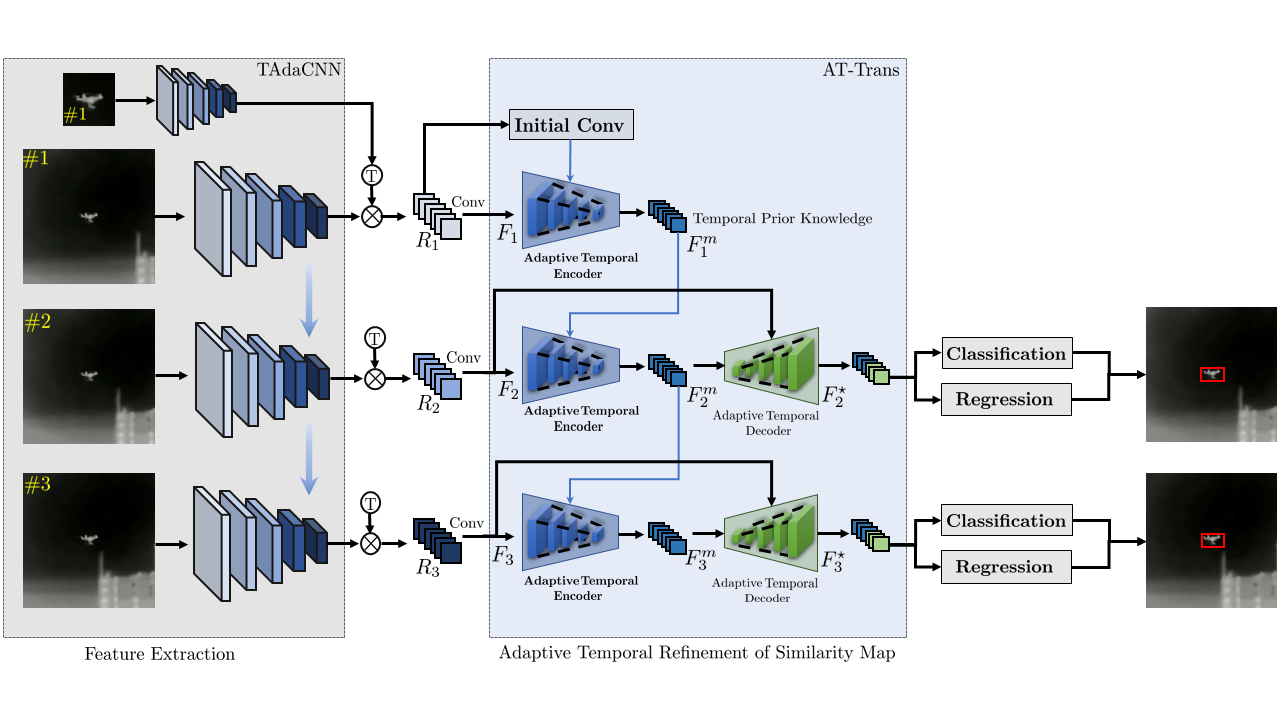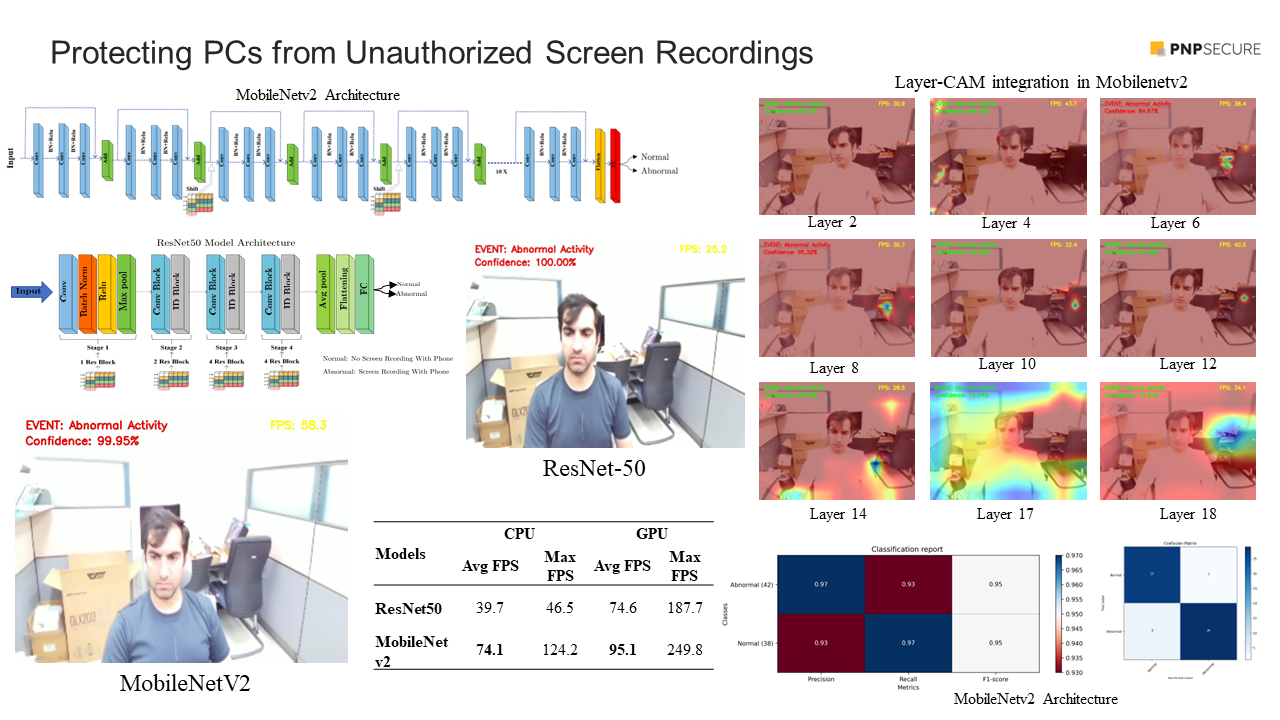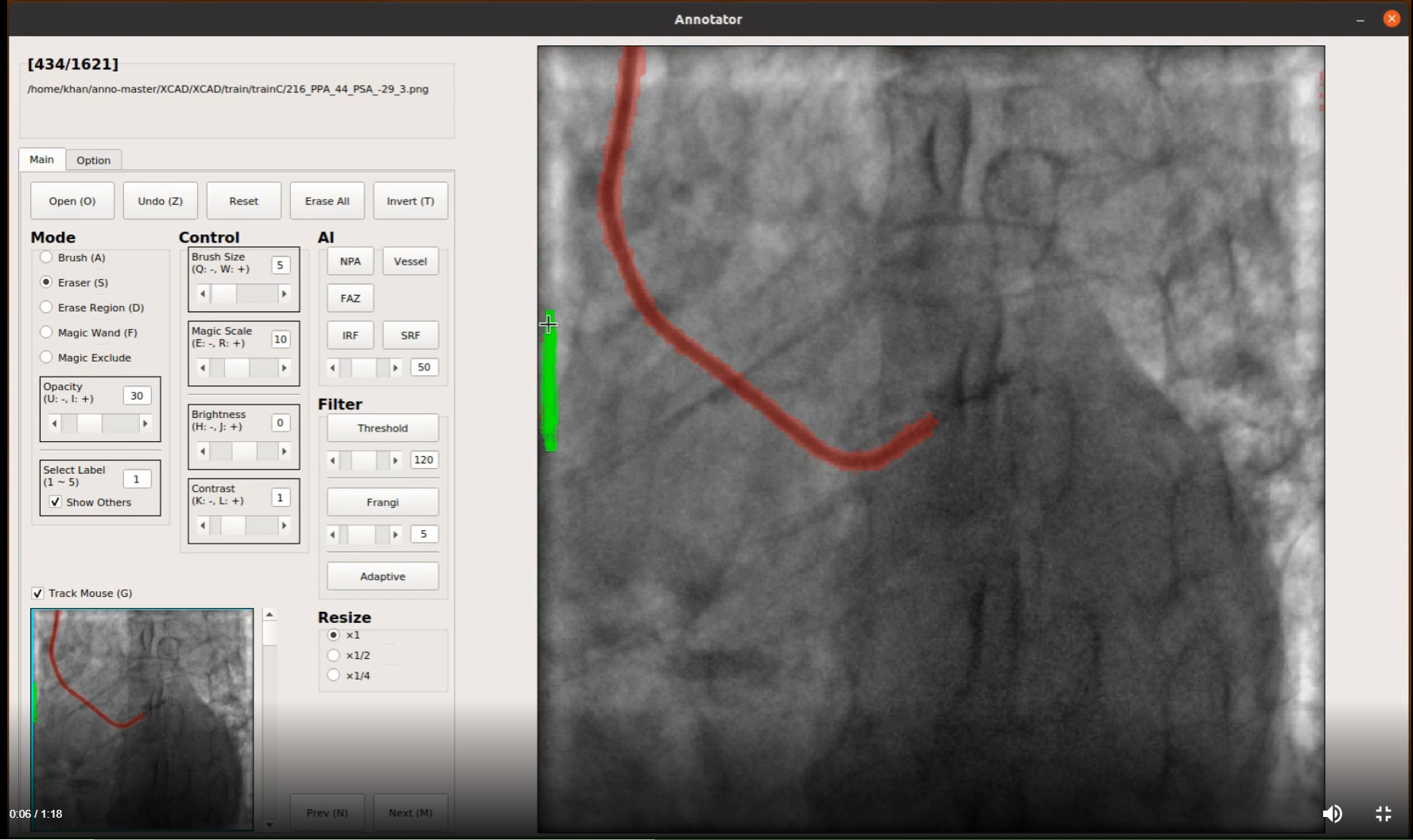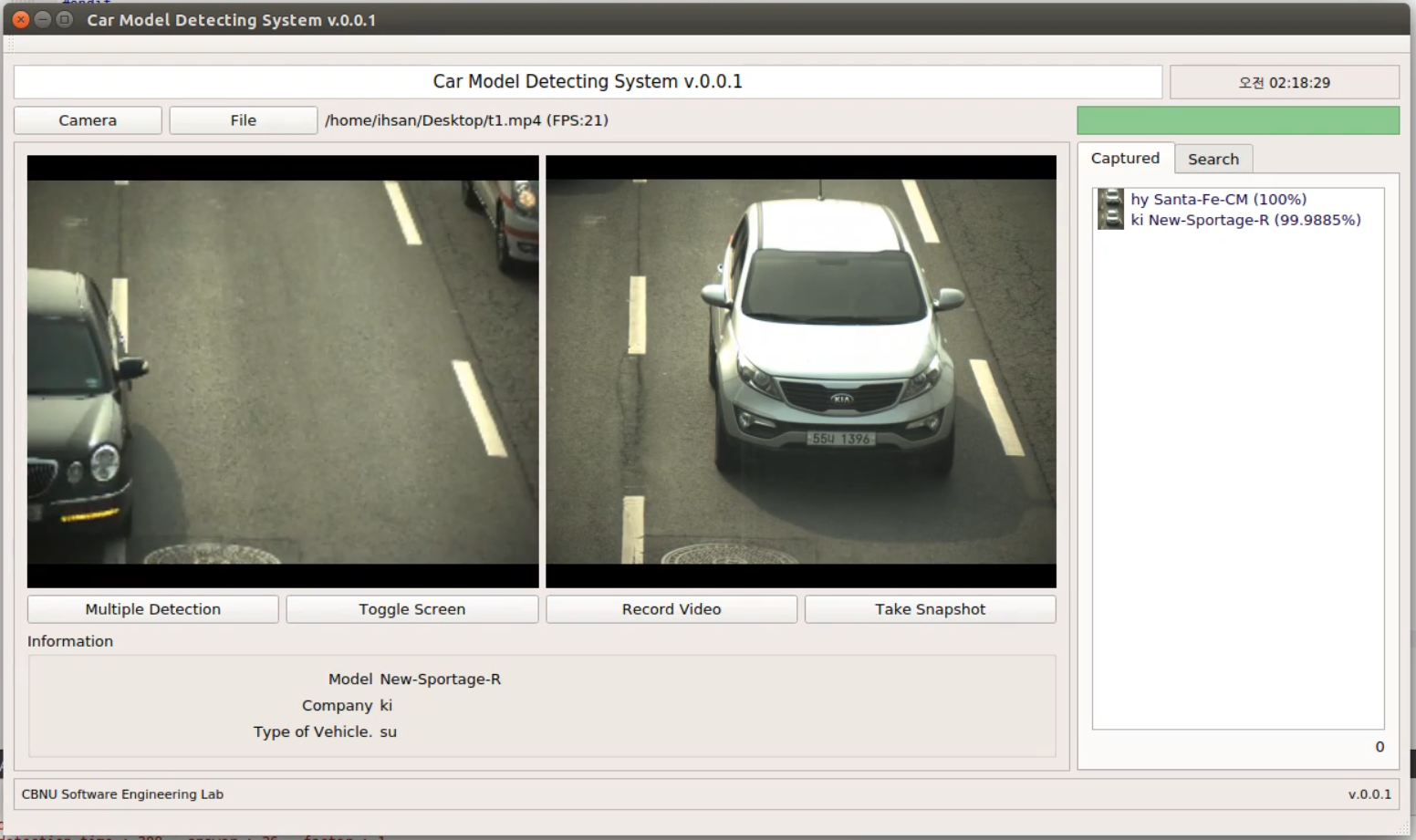Published in Frontiers in Plant Science, 2009
Plants contribute significantly to the global food supply. Various Plant diseases can result in production losses, which can be avoided by maintaining vigilance. However, manually monitoring plant diseases by agriculture experts and botanists is time-consuming, challenging and error-prone. To reduce the risk of disease severity, machine vision technology (i.e., artificial intelligence) can play a significant role. In the alternative method, the severity of the disease can be diminished through computer technologies and the cooperation of humans. These methods can also eliminate the disadvantages of manual observation. In this work, we proposed a solution to detect tomato plant disease using a deep leaning-based system utilizing the plant leaves image data. We utilized an architecture for deep learning based on a recently developed convolutional neural network that is trained over 18,161 segmented and non-segmented tomato leaf images—using a supervised learning approach to detect and recognize various tomato diseases using the Inception Net model in the research work. For the detection and segmentation of disease-affected regions, two state-of-the-art semantic segmentation models, i.e., U-Net and Modified U-Net, are utilized in this work. The plant leaf pixels are binary and classified by the model as Region of Interest (ROI) and background. There is also an examination of the presentation of binary arrangement (healthy and diseased leaves), six-level classification (healthy and other ailing leaf groups), and ten-level classification (healthy and other types of ailing leaves) models. The Modified U-net segmentation model outperforms the simple U-net segmentation model by 98.66 percent, 98.5 IoU score, and 98.73 percent on the dice. InceptionNet1 achieves 99.95% accuracy for binary classification problems and 99.12% for classifying six segmented class images; InceptionNet outperformed the Modified U-net model to achieve higher accuracy. The experimental results of our proposed method for classifying plant diseases demonstrate that it outperforms the methods currently available in the literature.
Recommended citation: Ihsan Ullah et al. (2022). Deep learning-based segmentation and classification of leaf images for detection of tomato plant disease; Frontiers in Plant Science. 1(1). https://ihsan149.github.io/files/fpls.pdf





